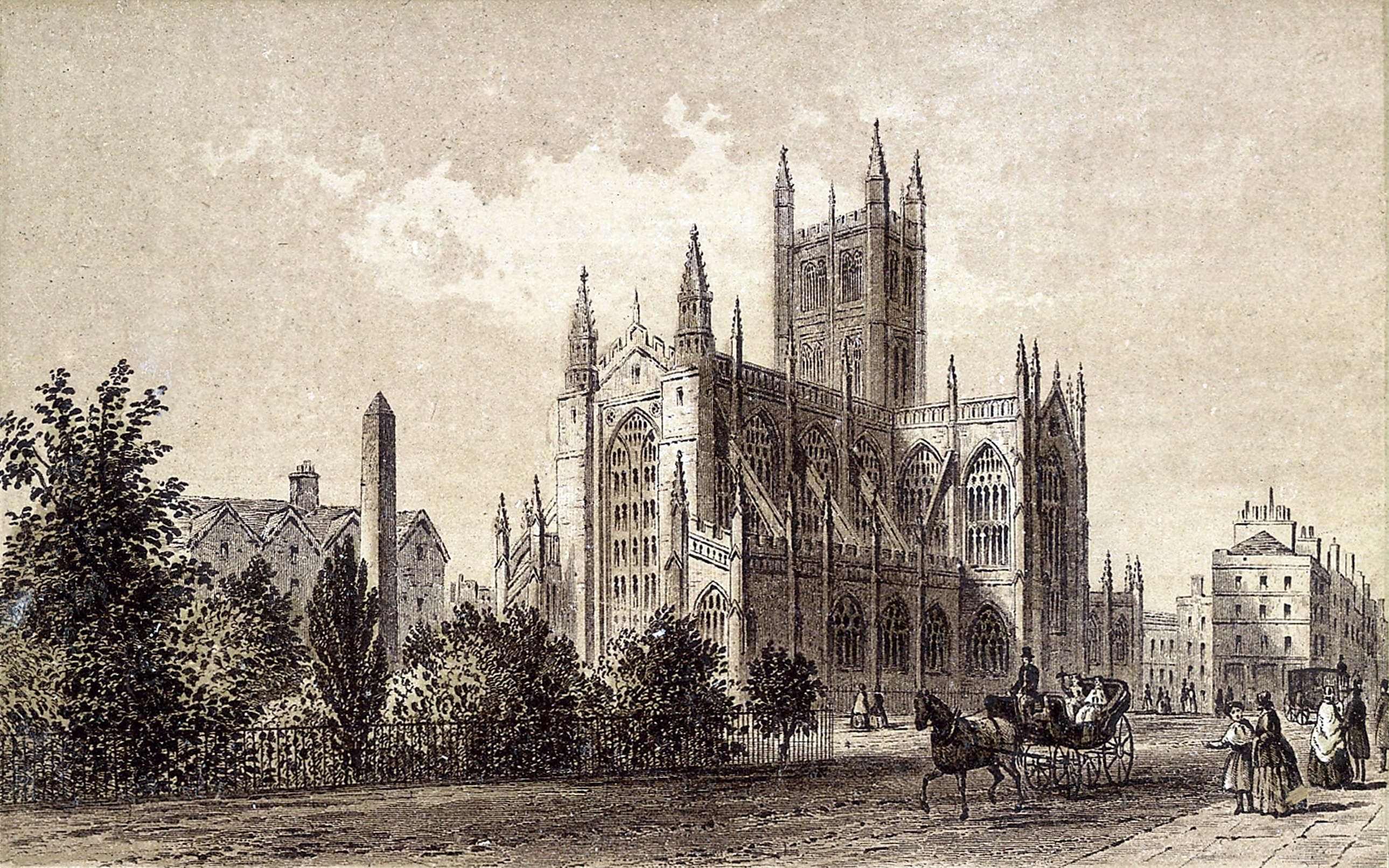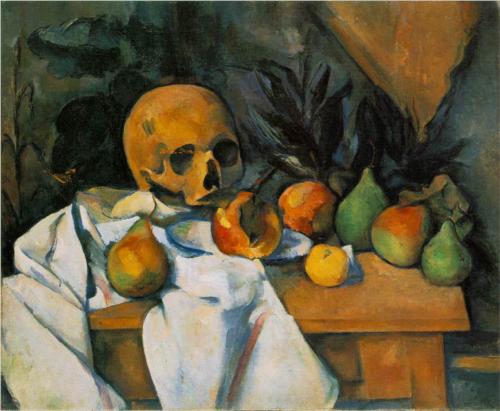All AP Art History Resources
Example Questions
Example Question #231 : 2 D Art


Figure 3 Figure 4
The painting shown in Figure 3 is highly indebted to __________.
expressionism
romanticism
neo-classicalism
impressionism
neo-classicalism
Jacques-Louis David, before becoming Napoleon's official painter during the Empire, was noted as a painter of history works, which usually focused on stories from Ancient Greece and Rome. In creating these works in the late eighteenth century, David was the preeminent neo-classicist in France, using the clean lines and bright colors notable of the genre. These aspects are present as well in his Napoleon Crossing the Alps, especially the Roman tablet crushed in the bottom left corner of the painting.
Figure 3: Napoleon Crossing the Alps by Jaques-Louis David (1801)
Figure 4: Portrait of Sir Arthur Wellesley, First Duke of Wellington by Sir Thomas Lawrence (1814)
Example Question #161 : Renaissance To Contemporary 2 D Art
The painting technique of placing small dots of paint in patterns to create larger images is called __________.
Impressionism
Cubism
Constructivism
Pointilism
Pointilism
Pointilism was developed by George Seurat, who began his career as a traditional impressionist around 1880. Seurat created his massive canvases by putting images together through many small dots, or "points," of paint. This post-impressionist style is best exemplified in Seurat's Un dimanche après-midi à l'Île de la Grande Jatte – 1884 (A Sunday Afternoon on the Island of La Grande Jatte), which depicts a massive scene of Parisians relaxing by the Seine, all composed with small dots of color.
Example Question #162 : Renaissance To Contemporary 2 D Art

This type of artwork is known as ___________.
a linotype
a daguerreotype
an engraving
a watercolor
an engraving
Engravings were the most common type of "quick" art created in the eighteenth and nineteenth centuries. When images had to be provided for newspapers or flyers, an engraving could be made quickly. Engravings were also cheaper and easier to create than early types of photographs.
Example Question #163 : Renaissance To Contemporary 2 D Art

Figure 1

Figure 2
Both of the above images contain __________
allegory.
fantasy.
a self-portrait.
surrealism.
a self-portrait.
Both of these works by Gustave Courbet feature Courbet himself. Above, from early in his career in 1845, is Le desespere (The Desperate Man); below is the 1854 painting La recontre (The Meeting); both of these are non-traditional self-portraits. The Desperate Man portrays the artist as a man who is nearly insane, and is an important development in Courbet's signature realism, which is shown in the everyday scene of Courbet greeting his art dealer in The Meeting.
Example Question #164 : Renaissance To Contemporary 2 D Art

Figure 1

Figure 2
Figure 2 has elements of the __________
pastoral.
religious.
historic.
urban.
pastoral.
Amid increasing industrialization and urbanization, many intellectuals and artists in the nineteenth century saw an idyllic past open to them in rural life. Deemed "pastoral," images of rural life were prevalent in mid-nineteenth-century painting. Courbet's The Meeting demonstrates a few different aspects of the pastoral, including its setting in a field, the inclusion of a dog in the scene, and the image of the horse drawn carriage going away from the scene.
Example Question #165 : Renaissance To Contemporary 2 D Art

Figure 3

Figure 4
Figure 4 is a __________
still life.
self-portrait.
pastoral.
portrait.
still life.
Paul Cezanne became immensely famous for his still-life paintings, of which Figure 4 is a key example. Still life as a genre of painting goes back to antiquity, but Cezanne's approach was highly individualistic and brand new for his time. Cezanne focused on the geometric shapes of the elements in his paintings and used specific, "just-off," colors to give the paintings an emotional depth.
Example Question #421 : Clep: Humanities

The composition above is a painting in the genre of __________.
still life
portrait
history painting
landscape
nude
still life
The painter of this work, Paul Cézanne, was particularly noted for his still lifes. The one in this question, "Still Life with Skull," was painted in 1898 and is particularly notable for the inclusion of a skull, a notable feature of Cezanne's later work from the 1890s on. Cézanne's use of broad brushstrokes, layered color, and different perspectives helped create a bridge from impressionism to modern art movements like cubism.
Example Question #166 : Renaissance To Contemporary 2 D Art

Pictured above is a work entitled Impression, Sunrise.
Which of the following techniques is most common among works like this one?
Impasto
Chairoscuro
Wash
Fresco-secco
Impasto
Impasto is the technique of using thick layers of paint on the canvas, often mixing colors directly on the work, and allowing the glob to dry. This creates depth and changes the way the light hits the painted surface; it is a favored technique of Impressionists.
Example Question #167 : Renaissance To Contemporary 2 D Art

Pictured above is a work entitled Impression, Sunrise.
The artist of this work most dominately paints in the city of __________.
Naples
Rome
Paris
Sicily
Paris
Monet was one of the leading rebels of the Salon de Paris. Most of his work comes from Paris and the surrounding countryside.
Example Question #168 : Renaissance To Contemporary 2 D Art
Which painting technique of the nineteenth century, developed by Georges Seurat and Paul Signac, consists of many small, distinct dots of color to form one image?
Cubism
Pointilism
Rococo
Impressionism
Mannerism
Pointilism
The name Pointilism itself refers to the act of using small points. Mannerism and Rococo are artistic movements stemming from different centuries than Pointilism, and cubism is a very geometrical artistic style created by Pablo Picasso.
Certified Tutor
All AP Art History Resources



